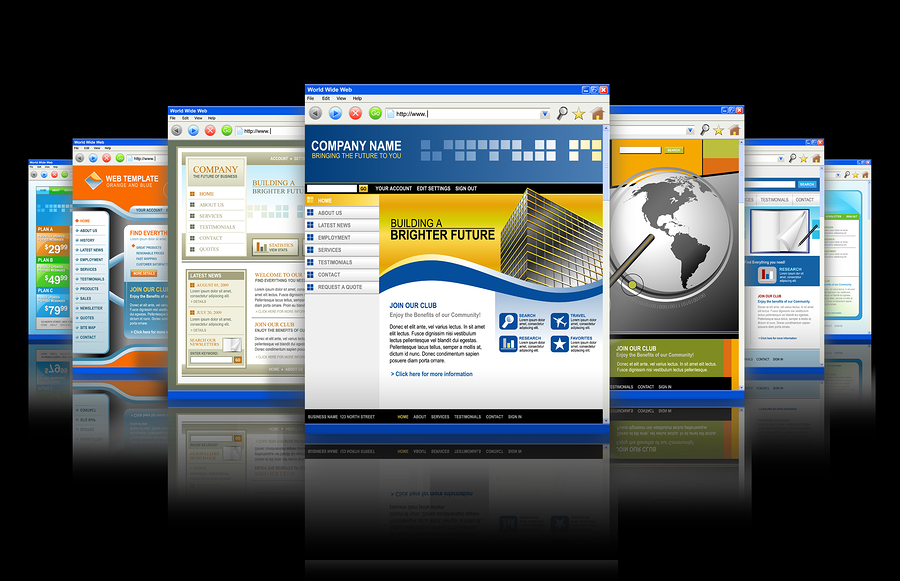In this digital age, the days of merely relying on a brick and mortar establishment and a phone number to represent and promote your business are gone. Websites are your “shop front”, and not having one means you are at risk of losing potential customers. However, it isn’t about simply having a website. To ensure you are getting the most out of it, you should invest in its optimisation. What does this mean? Put simply, it’s the process of improving the overall performance of your website to create the best user experience for customers and potential customers.
Don’t confuse website optimisation with Search Engine Optimisation (SEO) which relates to improving the discoverability of a website by improving search results ranking. Website optimisation and SEO go hand-in-hand, but it’s important to know the difference. Website optimisation also includes conversion rate optimisation (CRO), which is about increasing the percentage of visitors to a site that convert into customers.
Is your website optimised to suit the journey of your ideal customers? Ideally every aspect of your website should be optimised but often that’s not feasible. Instead you can choose to optimise different areas of your site including: the landing page, home page, visual appearance and design, content (including your headline, key message and unique selling proposition) and responsiveness across different devices.
Here are five ways a well-optimised website can help your business:
1. Better customer experience
Do you understand the importance of the customer journey and how your website can produce lead conversion through a great customer experience? You have less than 10 seconds to make a good first impression that either captures a potential customer’s attention or deters them. Creating a unique website that is cohesive and consistent with your branding and company image is key. A clean layout that showcases your brand and unique selling point, coupled with well-thought placement of graphics, images and typography makes all the difference.
2. It’s cost-effective
Websites are a great, cost-effective way to generate business by means of employing self-promotion and advertising techniques. Compared to print advertising, advertising in the digital space is cheaper, can be accessible for longer, and you have the freedom to change content at the click of a button. Not only is the development of a website cost-effective, it also helps your business get the reach it needs; a process that ultimately leads to higher traffic and conversion.
3. Improves customer service
A well-optimised website can take customer service quality to a new level. Elements of a website that specifically do this, include: testimonials, reviews or FAQ pages. A searchable, regularly updated and brief but to-the-point FAQ page will help potential customers answer questions they have about your business quickly and easily. Testimonials and reviews not only help get the word out about your brand, but also add a layer of transparency and honesty about your products and services.
4. Products and services
Sales are paramount and that is why your business should not limit itself to a brick and mortar storefront. More businesses are moving into the eCommerce space and customers love the ease of shopping from the comfort of their own home. The digital movement has opened up a world of opportunity for small businesses, which allows your organisations to reach a much broader target market.
5. Allows you to be operational 24/7
Your business may not be able to be open 24/7, but with a digital storefront it can be. No matter your products or services, an active website will allow your business to be accessible 24 hours a day.
Brooke Arnott, Managing Director, The Small Business Lounge











